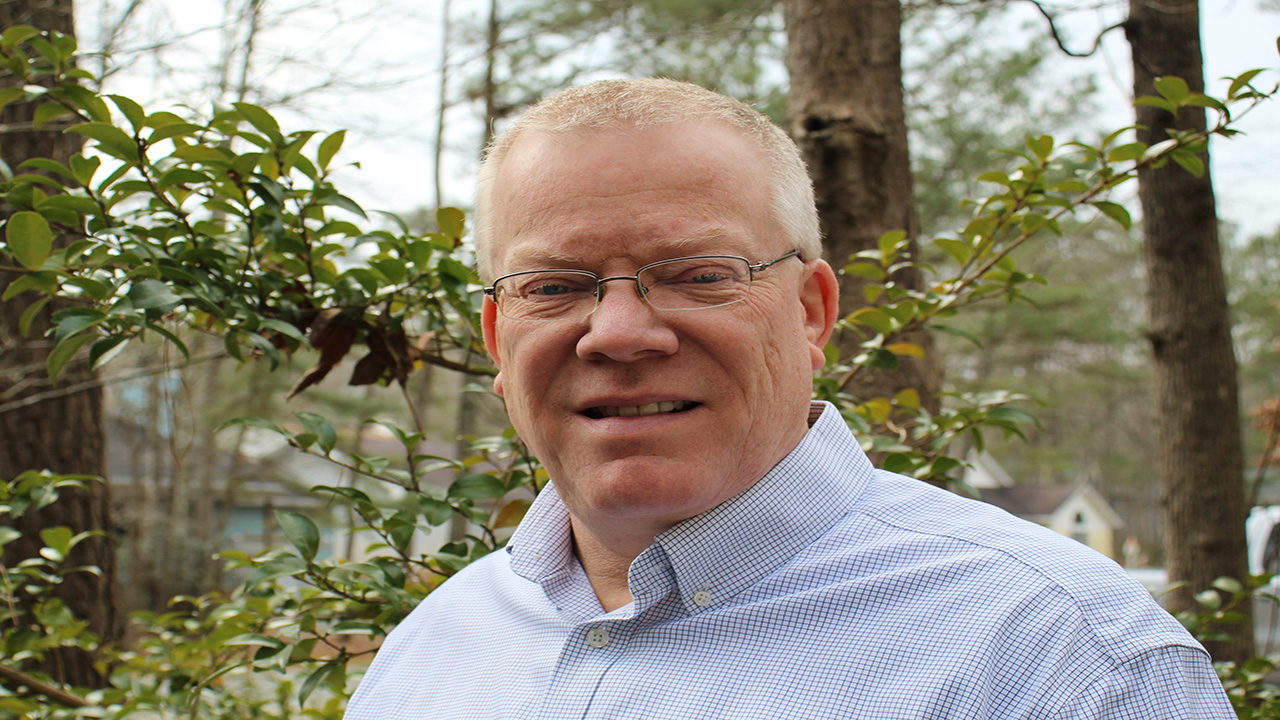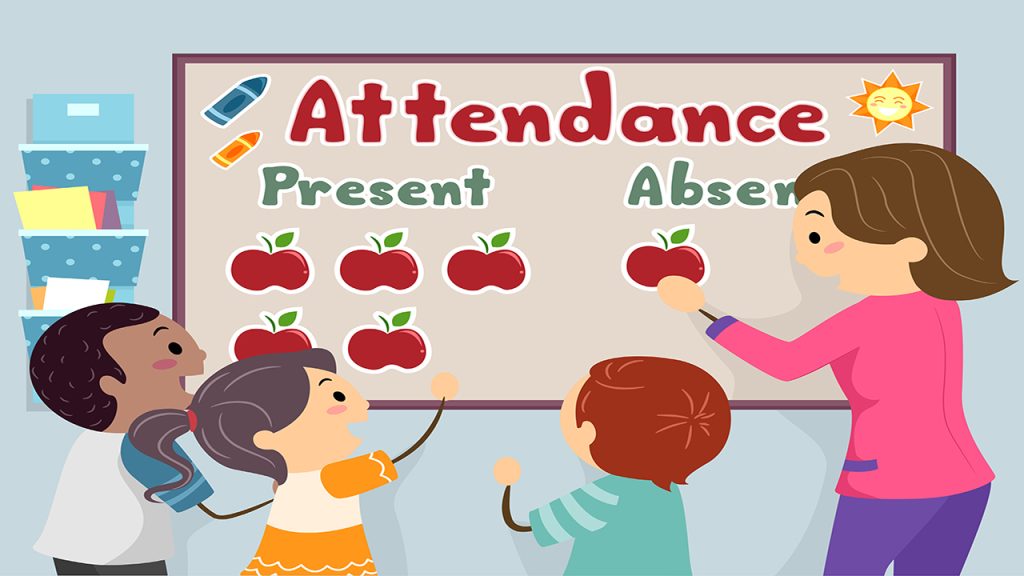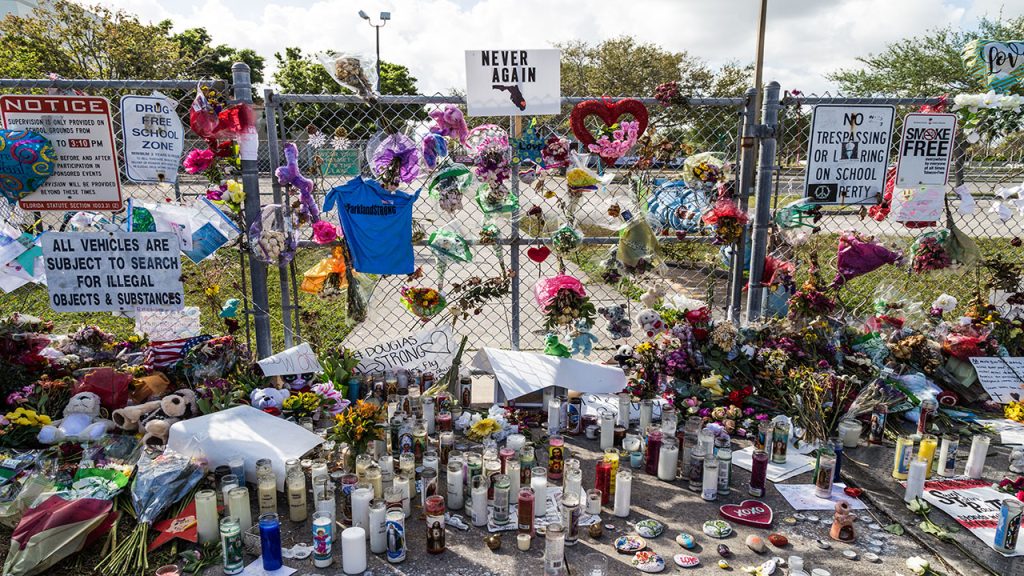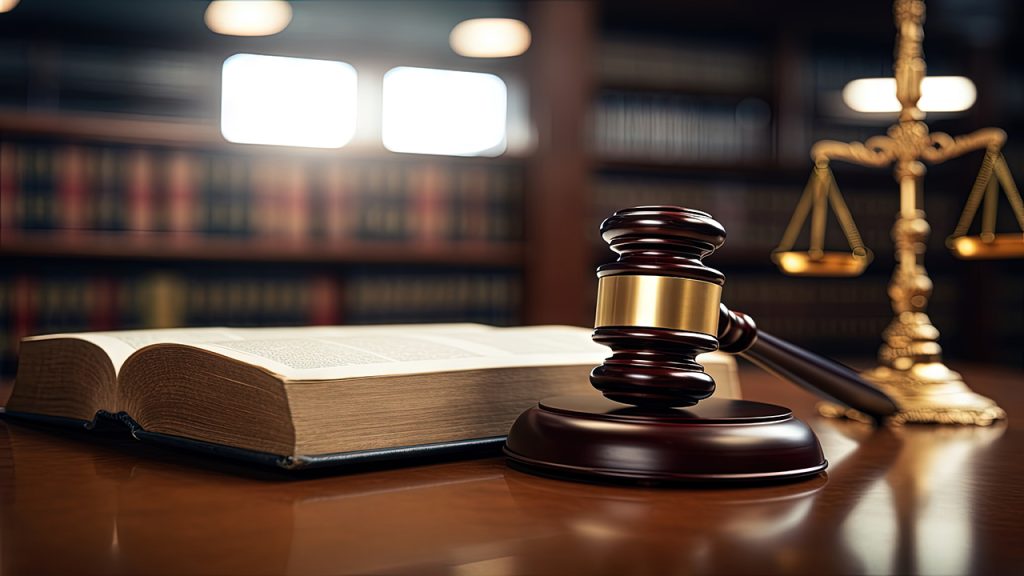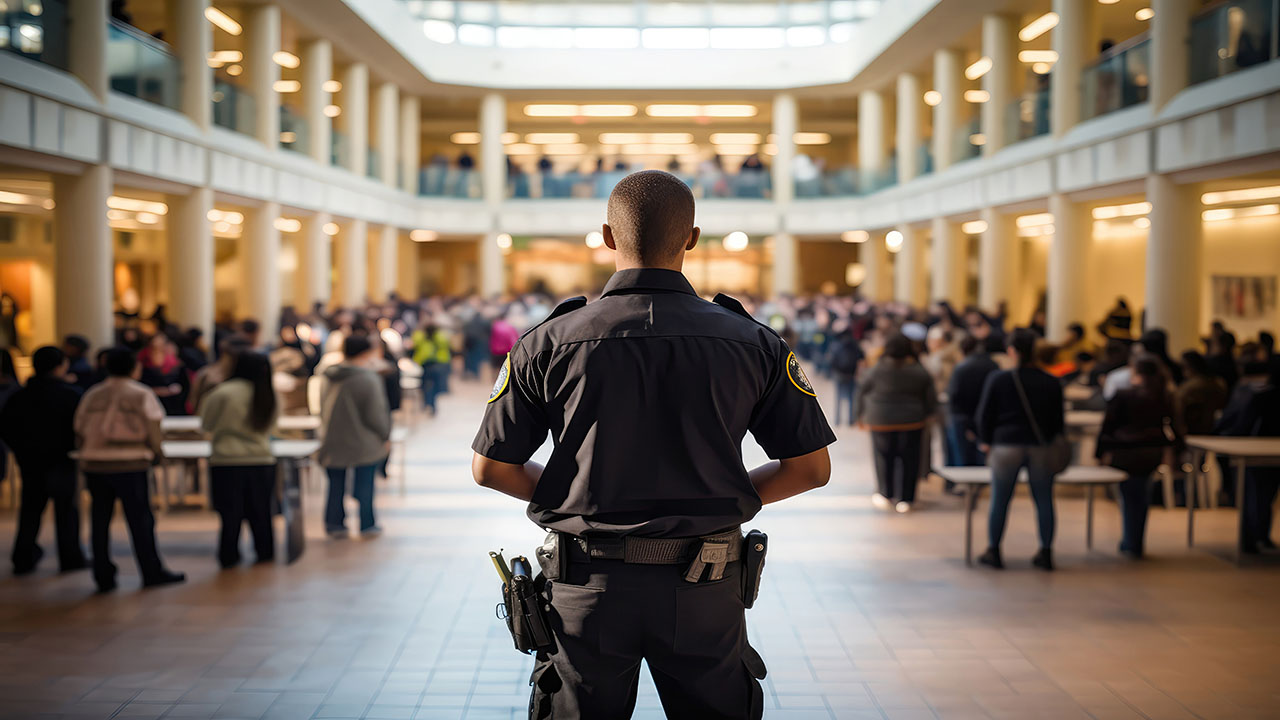
Here’s What’s Next for Charter Schools, According to Their Chief Advocate
Charter schools are firmly public entities even as debates about whether the schools are “state actors” and can operate as religious institutions heat up, according to the chief national advocate for the independently run schools.
Nina Rees, CEO of the National Alliance of Public Charter Schools, sat down with Education Week on July 26 to discuss the current landscape for charter schools, including new data that shows charter students outperformed their peers in traditional public schools, growing momentum in Republican-led states for private school choice policies, and a recent high-profile court case that asked whether charter schools are state actors?
On that last question, Rees is confident.
“Every statute written about charter schools calls us public schools,” she said. “The reason we can tap into and are able to get Title I dollars and local tax dollars that follow kids to our schools is because we are constructed as a public school.”
The past few years have included a number of major developments for charter schools, at the same time as they’ve receded a bit from the political spotlight as private-school choice policies that allow more parents to use public money to send their children to private schools have advanced.
Last July, the Biden administration released stricter rules for the federal Charter Schools Program, which provides grants to fund charter schools in their first three years of operation.
Rees and the national alliance opposed the first draft of those rules, which included a requirement that charter school applicants get a letter of support from local school districts and that a new charter complete a community impact analysis that proved it wouldn’t contribute to segregation. She argued that the new rules created too much red tape for aspiring charter school operators.
The Biden administration ultimately released less strict finalized rules, though they still required new charters to prove they aren’t tied to for-profit management organizations and complete the impact analysis about segregation.
In June, the Center for Research on Educational Outcomes (CREDO) at Stanford University released its third study on charter schools, which showed that charter students now outperform their traditional public school peers. The report was a major turning point, as CREDO’s data from the early 2000s showed that charter schools produced worse outcomes.
Finally, Rees has had to grapple with ongoing challenges to the public nature of charter schools.
In June, the Oklahoma Statewide Virtual Charter School Board voted 3-2 to approve the nation’s first religious charter school, a decision that will likely spark a legal challenge. A few weeks later, the U.S. Supreme Court declined to hear a case that would have clarified whether publicly funded charter schools are considered state actors subject to constitutional requirements after a North Carolina charter school tried to require girls to wear skirts.
This interview has been edited for length and clarity.
The latest report from CREDO showed that charters outperform traditional public schools. That’s a big change from the first report in 2009. What do you think happened?
I do think authorizers have become tougher, and the expense of becoming tougher is they’re not as innovative or as open to programs that you probably would have approved 10 or 20 years ago. Authorizers have become stronger.
[Charter] networks have also become stronger. As time has gone on, they have improved what they do. They’ve improved their hiring practices. They’re so numbers-driven and data-driven that they are able to see when there’s a gap and address it in real time. As they’ve grown, they’ve been able to learn from their mistakes. Those two factors are probably the most important.
In a state like Texas, if you are a high-achieving, high-performing network, the process to renew you is faster. So there have been policies like that that have had an impact. I do think some of the work on closing bad schools—I know it’s noisy—but it’s the fastest way to also improve by closing your poor performers or folding those schools under the governance of a high-performing school.
There’s been a lot of buzz around private school choice. With all the attention on those policies, where do you see charter schools fitting in?
In most of the places where they have had improvements around [education savings accounts, or ESAs, which provide families with per-pupil funds to pay for private school tuition, tutoring, and other education expenses], they’ve also done something for charter schools … The average legislator who’s thinking about choice wants to have as many options as possible and they’re not saying just private.
Is there anything you’d like to see from policymakers to address concerns around transparency and accountability in private school choice programs?
We don’t have a position as the national alliance, but as a taxpaying citizen, I’d love to know where the money is going and what it’s being used for. In those instances where the money goes to the parent for them to pick whatever they want out of a menu of options, whether it’s tutoring or something else, that’s where good information will make a difference.
Last year, the Biden administration released stricter regulations for the Charter Schools Program. How have those changes impacted new charter schools?
By and large, it has not had a dampening impact on the number of schools and types of schools that are applying. We haven’t heard anyone say this is impossible to manage. With that said, though, we have made a lot of resources available to the sector to help them with the application process.
Down the road, [we’ll] have to see if they created certain incentives and certain structures that disadvantage a particular school. If there’s a preference around racial diversity, you might in effect do certain things to attract certain types of leaders. We love diverse-by-design schools, don’t get us wrong, but we also don’t think that having schools that are culturally affirming or schools that are meant to be in a neighborhood that is predominantly Black should then bend over backward just to attract kids from different parts of D.C., for instance.
Earlier this year, the Oklahoma virtual charter school board approved a religious charter school. How do you see that decision changing the landscape for charter schools going forward?
It’s just one application that’s been approved but the school hasn’t opened yet. I don’t know that I would draw too many conclusions on how that’s going to change the landscape. The attorney general of Oklahoma does not even support this. So we’re watching it carefully. We don’t think charter schools can teach religion because we’re public schools and that is what we’re going to stick to for now until something changes and all of a sudden public schools can teach religion.
Court cases have brought up questions about charter schools’ role as public or private entities. Where do you see charter schools sitting on that spectrum?
Every statute written about charter schools calls us public schools. The reason we tap into and are able to get Title I dollars and local tax dollars that follow kids to our schools is because we are constructed as a public school.
We are a state actor for the purposes of the federal Constitution, which means our kids have the same rights as other public school kids have when it comes to being admitted to our schools and that our schools cannot discriminate against them.
The one common thing in the [charter school] movement is this notion that we wanted to reimagine public education and make it better. Our organization’s mission is that, in fact.
What is top of mind for you as charter schools enter the next few years?
Our personal goal is to make all public schools like charter schools in terms of the autonomy that teachers and principals get in exchange for achievements and that all schools ultimately become schools of choice. In terms of the immediate future, there are three things we do need to be careful with.
One of them is the fiscal cliff. It’s already starting in some places to the extent the district hired a lot of teachers that they have to let go or made investments that it can’t sustain because whatever they invested in is a recurring expense. The whole notion of charters taking money away from public schools is going to come up in a lot of these communities—so we have to be ready to fight back that narrative more than ever before.
The other thing is this notion of our public identity is going to be challenged. I don’t know if Oklahoma is the first. I don’t know if the religious liberties camp has other cases, but they are certainly trying to leverage the current makeup of the Supreme Court to file more cases. So that narrative is going to continue, and certainly, we will stand firmly by the fact that we are public.
The last piece is the disruption of AI. So as innovators, we do need to seize on what this is and reimagine our schools and how we can leverage technology.
Dig Deeper With Our Longreads
Newsletter Sign up to get our best longform features, investigations, and thought-provoking essays, in your inbox every Sunday.
The MEN was founded by John Huber in the fall of 2020. It was founded to provide a platform for expert opinion and commentary on current issues that directly or indirectly affect education. All opinions are valued and accepted providing they are expressed in a professional manner. The Maryland Education Network consists of Blogs, Videos, and other interaction among the K-12 community.


